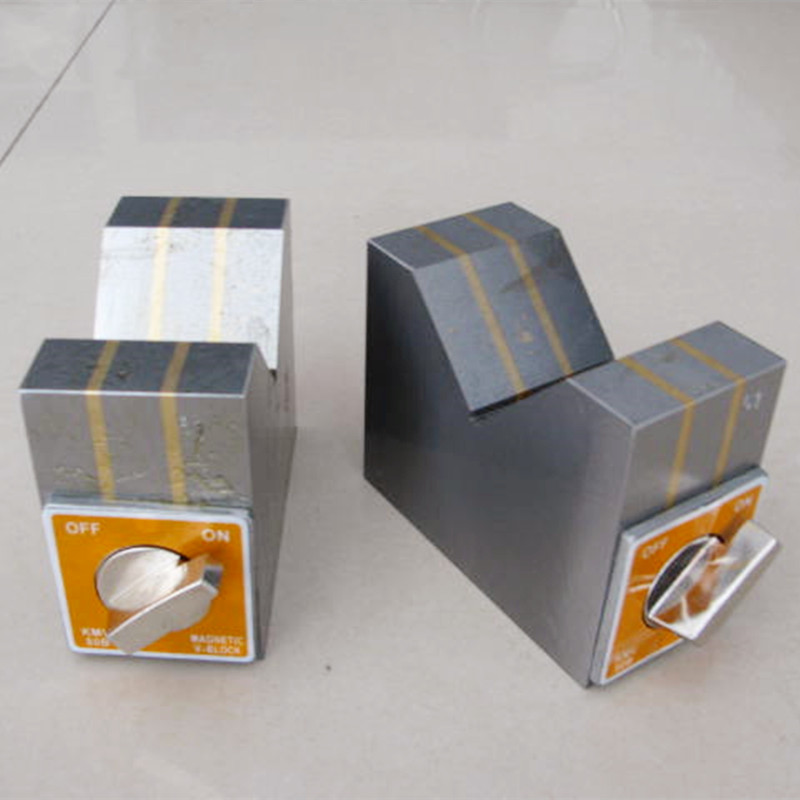Nov . 27, 2024 18:50 Back to list
Selecting the Right Type of Water Strainer for Your Needs
Understanding Y-Type Water Strainers
Water management systems are crucial for maintaining the efficiency and safety of water distribution, treatment facilities, and industrial processes. Among the various components essential for these systems is the Y-type water strainer. This device plays a vital role in protecting pipelines and equipment from debris and particulates that could cause clogging or damage. Understanding the design, function, applications, and benefits of Y-type water strainers can empower engineers and facility managers to make informed decisions regarding their operation and maintenance.
What is a Y-Type Water Strainer?
A Y-type water strainer is a filter designed to remove unwanted particles from water and other liquids. It is named for its distinctive Y shape, which allows for efficient flow and easy maintenance. The strainer features a mesh screen housed within a body that connects to the pipe system, typically with a threaded or flanged connection. The design facilitates a seamless flow path, minimizing pressure drop while effectively capturing debris.
How Do Y-Type Strainers Work?
The operation of a Y-type water strainer is straightforward. As water flows through the pipe and into the strainer, the larger particles are captured by the mesh screen, while the cleaner water continues through to the downstream system. The angle of the Y-shaped body promotes optimal flow dynamics, reducing turbulence and enhancing filtration efficiency.
Regular maintenance is crucial for the effectiveness of a Y-type strainer. The mesh screen needs to be cleaned or replaced periodically, depending on the amount of debris in the water. Some modern strainers come equipped with a blow-off feature, allowing for easy removal of collected particles without disrupting the entire system.
Applications of Y-Type Water Strainers
Y-type water strainers are widely used across numerous industries. Some of the most common applications include
1. Water Treatment Plants In these facilities, strainers are essential for protecting pumps, valves, and other equipment from abrasive particles and biofouling agents.
2. Irrigation Systems Agricultural applications benefit from Y-type strainers, as they help maintain the integrity of irrigation systems by preventing clogs and ensuring uniform water distribution.
3. HVAC Systems In heating, ventilation, and air conditioning systems, these strainers protect sensitive components by removing impurities and ensuring efficient operation.
y type water strainer

4. Industrial Processes Many manufacturing processes require clean water for operations. Y-type strainers keep the water supply free from contaminants that could disrupt production.
Benefits of Using Y-Type Water Strainers
The advantages of incorporating Y-type water strainers into a water management system are manifold
- Protection of Equipment By filtering out harmful debris, these strainers extend the life of pumps, valves, and other critical components.
- Reliable Performance Y-type strainers maintain consistent flow rates, promoting efficiency in various applications.
- Ease of Maintenance The easy access to the mesh screen allows for straightforward maintenance, reducing downtime and operational disruptions.
- Versatility With various sizes and mesh screen options available, Y-type strainers can be tailored to fit specific system requirements.
- Cost-Efficiency By preventing damage to expensive equipment and minimizing maintenance needs, Y-type strainers contribute to long-term cost savings.
Conclusion
In summary, Y-type water strainers are essential components in maintaining the integrity and efficiency of water management systems. Their unique design allows for effective filtration, protecting vital equipment from harmful debris. With widespread applications across multiple industries, understanding and implementing Y-type strainers can lead to improved system performance and reliability. As water systems continue to evolve, investing in quality strainers will be paramount for the sustainability and efficiency of water resources.
-
Thread Plug Gauge Our Promise of Measurement ExcellenceNewsAug.22,2025
-
Gauge Pin Class Reflecting Quality LegacyNewsAug.22,2025
-
Check Valve Types for High Rise BuildingsNewsAug.22,2025
-
Water Control Valve for Irrigation SystemsNewsAug.22,2025
-
Gate Valve with Soft Seal TechnologyNewsAug.22,2025
-
Y Type Strainer for Oil and Gas ApplicationsNewsAug.22,2025
Related PRODUCTS









